Caryophyllaceae is a fascinating family of flowering plants. Its name comes from the Greek word “karyon,” which means nut or kernel, and “phyllon,” which means leaf. The family is commonly known as the pink family and includes many well-known plants like carnations, pinks, and chickweed.
One interesting story about Caryophyllaceae involves its unique flower structure. Most species in this family have five petals that are deeply divided, giving the appearance of ten petals. This phenomenon is called “petaloidy.” It is believed to have evolved as an adaptation to attract pollinators.
Another intriguing aspect of Caryophyllaceae is its historical significance. Throughout history, many cultures have associated symbolic meanings with these flowers. For instance, carnations were often used in ancient Greece during ceremonial events and were considered symbols of love, affection, and admiration.
In conclusion, Caryophyllaceae not only showcases fascinating flower structures but also carries cultural and symbolic significance. Its diverse members have captured the interest and admiration of botanists and flower enthusiasts alike.
Picture
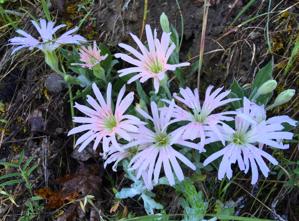
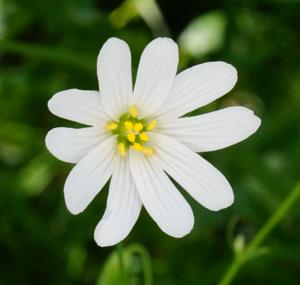
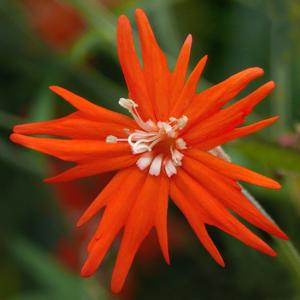
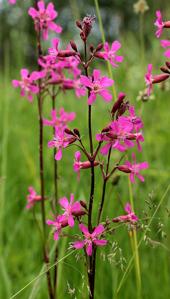

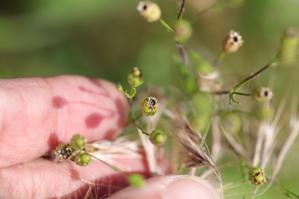
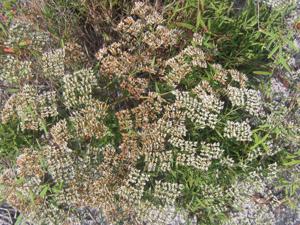
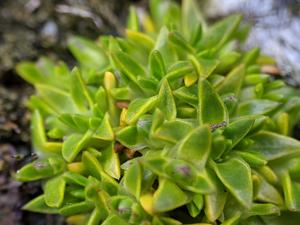
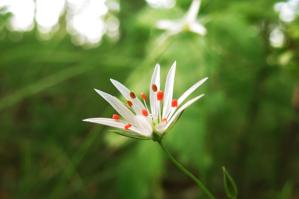
Plant some seeds now!
Short Description
Caryophyllaceae, commonly called the pink family or carnation family, is a family of flowering plants. It is included in the dicotyledon order Caryophyllales in the APG III system, alongside 33 other families, including Amaranthaceae, Cactaceae, and Polygonaceae. It is a large family, with 81 genera and about 2,625 known species.
This cosmopolitan family of mostly herbaceous plants is best represented in temperate climates, with a few species growing on tropical mountains. Some of the more commonly known members include pinks and carnations (Dianthus), and firepink and campions (Silene). Many species are grown as ornamental plants, and some species are widespread weeds. Most species grow in the Mediterranean and bordering regions of Europe and Asia. The number of genera and species in the Southern Hemisphere is rather small, although the family does contain Antarctic pearlwort (Colobanthus quitensis), the world’s southernmost dicot, which is one of only two flowering plants found in Antarctica.
The name comes from Caryophyllus, an obsolete synonym of Dianthus.
Description
Despite its size and the somewhat doubtful mutual relationships, this family is rather uniform and easily recognizable.
Most are herbaceous annuals or perennials, dying off above ground each year. A few species are shrubs or small trees, such as some Acanthophyllum species. Most plants are non-succulent; i.e. having no fleshy stems or leaves. The nodes on the stem are swollen. The leaves are almost always opposite, rarely whorled. The blades are entire, petiolate, and often stipulate. These stipules are not sheath-forming.








